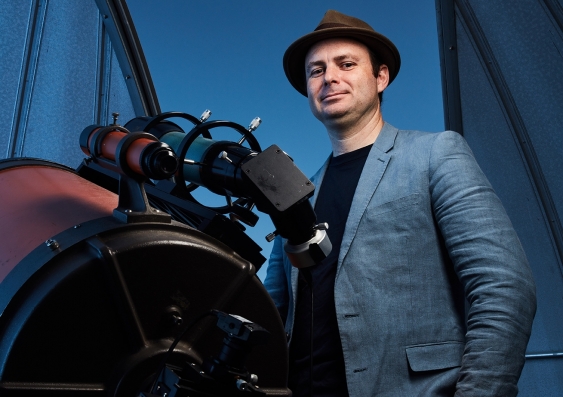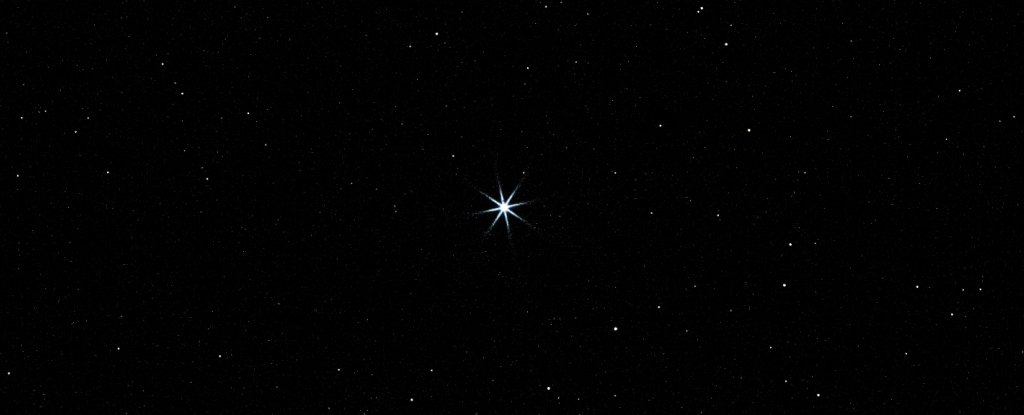K3NA
Midfield
I built myself a barn door tracker a few years ago. It was good for tracking up to 20 mins at a time. Still have it somewhere but thinking about purchasing a proper star tracker mount. I only have my usual canon gear, 5DIII camera and landscape lenses plus a 2x extender so have a reach of about 800mm. More than enough for astro.I aim to eventually use a tracker for astro, but for full effect a more capable scope would also be required than I currently have. I'm using a beginner scope to learn so maybe one day.
One of these:
A Tracking Platform for Astrophotography - Gary Seronik
Last edited:



